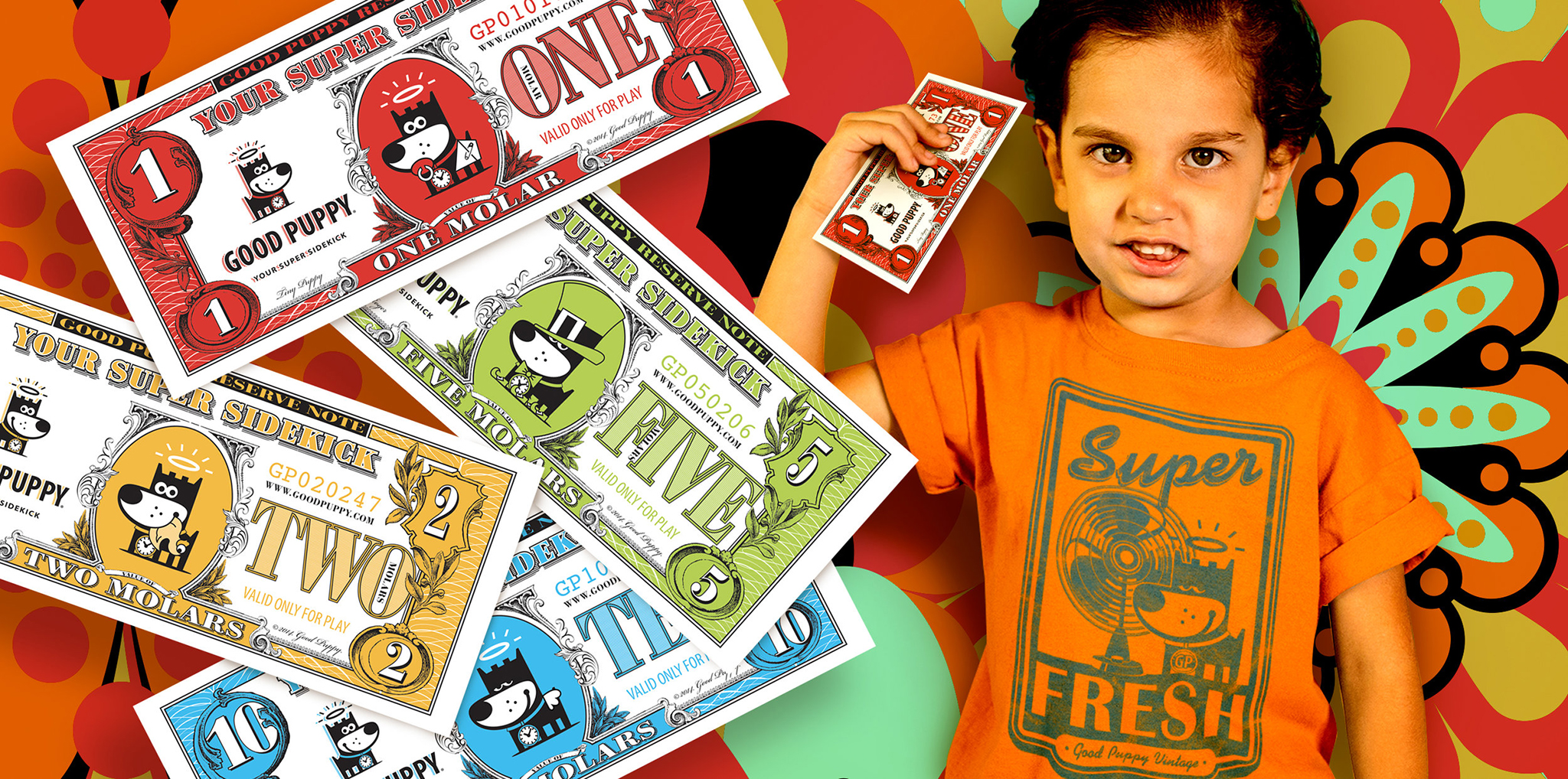Ready to increase desired behaviors in your child, and take some of the emotional struggles out of parenting a child with special needs? A token economy, also known as token reinforcement, is easy to set up and implement.
What is a token economy?
Remember that gold star you coveted on your homework in elementary school? The potty chart your mother used when you were a toddler? Token economies in action!
A token economy is a system that rewards target behavior with a chosen token, chip, sticker, or checkmark.
Those tokens can periodically be exchanged for items or activities that are motivational to the child. Sounds familiar? Of course it does: if you have ever had a job, a token economy is just the same. You go to work and meet an expectation in exchange for money. The money, which has no value on its own, can be exchanged for things you want.
What you need to start at token economy
Tokens:
Anything that is visible and can be counted can be used as a token. Yes, we’re starting with the obvious, here. And no need to overthink it: poker chips are an easy choice, but your tokens can be tickets, stickers, play money, or any other item of your choice. What to keep in mind: tokens should be portable, so that they can be awarded anywhere.
A means of keeping track:
Children need a way to keep up with their tokens that is consistent. This could be a chart, a tally system, a jar, etc.

A behavior target:
What behavior do you want to change? What do you hope to encourage? A list of the desired behaviors and the tokens that will be rewarded for each must be clearly listed and explained to the child ahead of time.
Most parents find it easier to choose a handful of behaviors to focus on when setting up a token economy.
Items for exchange:
What can your child earn? Just like you (and the example of your paycheck) your child wants to know what they’re working for. An exciting menu of options that appeal to the child is the key to success for this type of program. How to do this? Create a ‘store’ of choices for which the child can exchange their tokens. Or how about presenting your child with a ‘menu’?
There are no wrong ways to go about this, as long as the rewards are clear to your child ahead of time. By the way, these items do not have to be material items. Choosing what’s for dinner, staying up late, or going to the park can all be choices for exchange. Just be sure to get your child involved in choosing the rewards they would like to earn.
Tips for your token economy
- Choose a handful of behaviors to address, but do not overwhelm your child by trying to correct everything. Focus on a behavior where the child excels so that they can get the feeling of succeeding with the system.
- Frame the desired behavior in a positive manner. In other words, encourage positive behaviors instead of discouraging negative ones. Instead of, ‘don’t complain during dinner’, use ‘keep a cheerful attitude during dinner’.
- If the child is struggling to earn any tokens, break the task into smaller chunks and reward more frequently. Again, a feeling of success is key.
- Reward the proper behavior immediately by handing out a token. Instant gratification is ideal for kids who are struggling with delayed consequences.
- Change the system as the child improves their behavior. Give tokens more sparingly and make rewards more costly to wean your child away from the token economy.
So, does it really work?
Research shows that token economies are very effective for kids who have been resistant to all other types of intervention. The immediate delivery of a tangible reminder of good behavior keeps children motivated and helps them to stay focused.
Another benefit: because the rewards can be varied, kids are also less likely to get bored with the system. However, by far, the greatest benefit is the flexibility of the system. If it’s not working quite right, you can tweak the system by adding rewards or breaking tasks down into smaller chunks for faster success. Parents save face, and kids progress. Win win!
More to read: Is it Possible to Faint When You Use Medical Cannabis?

